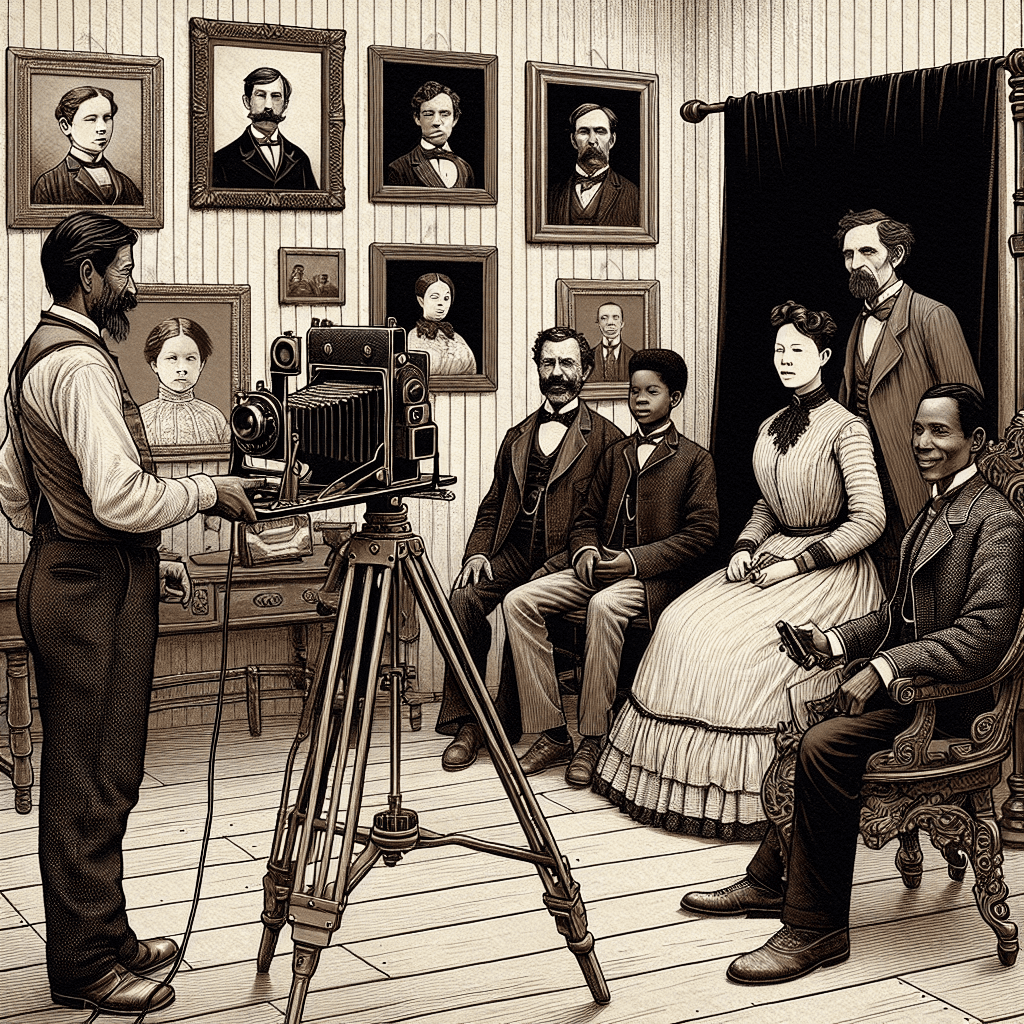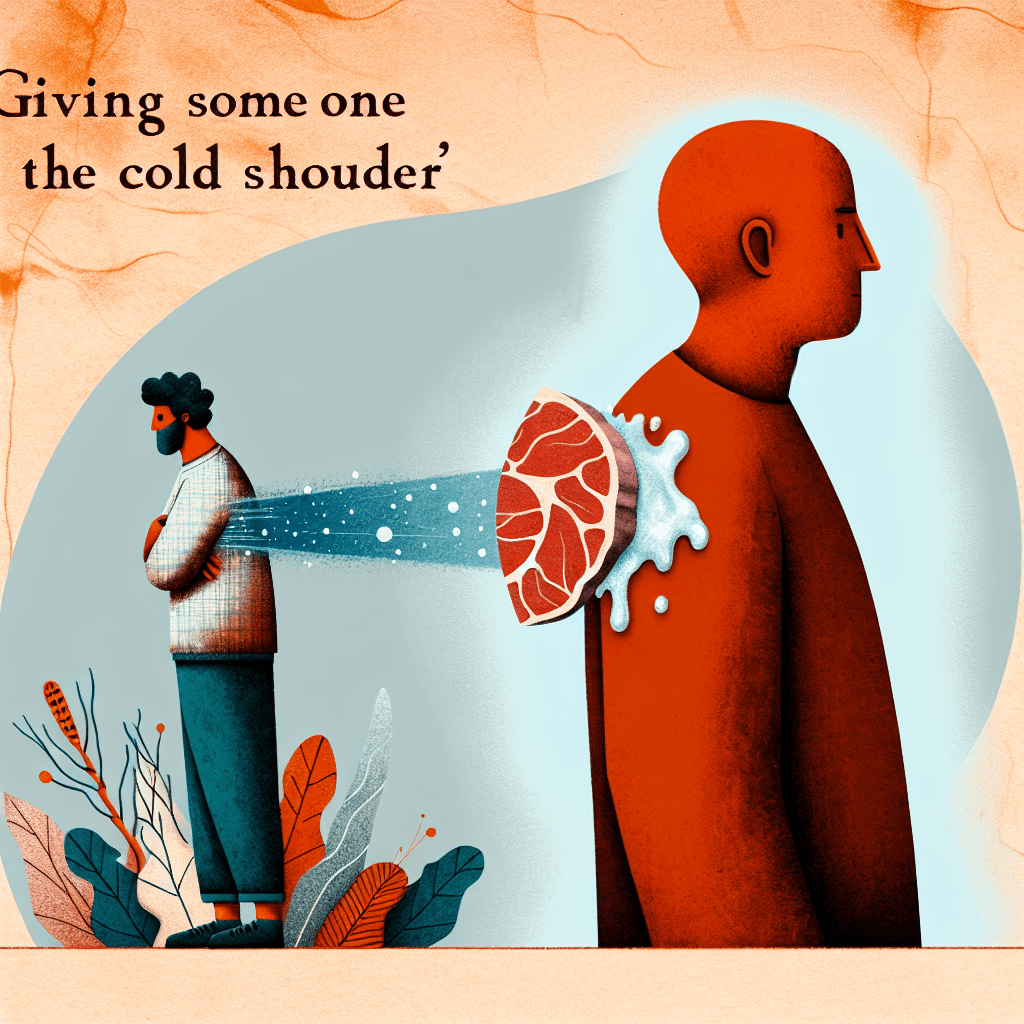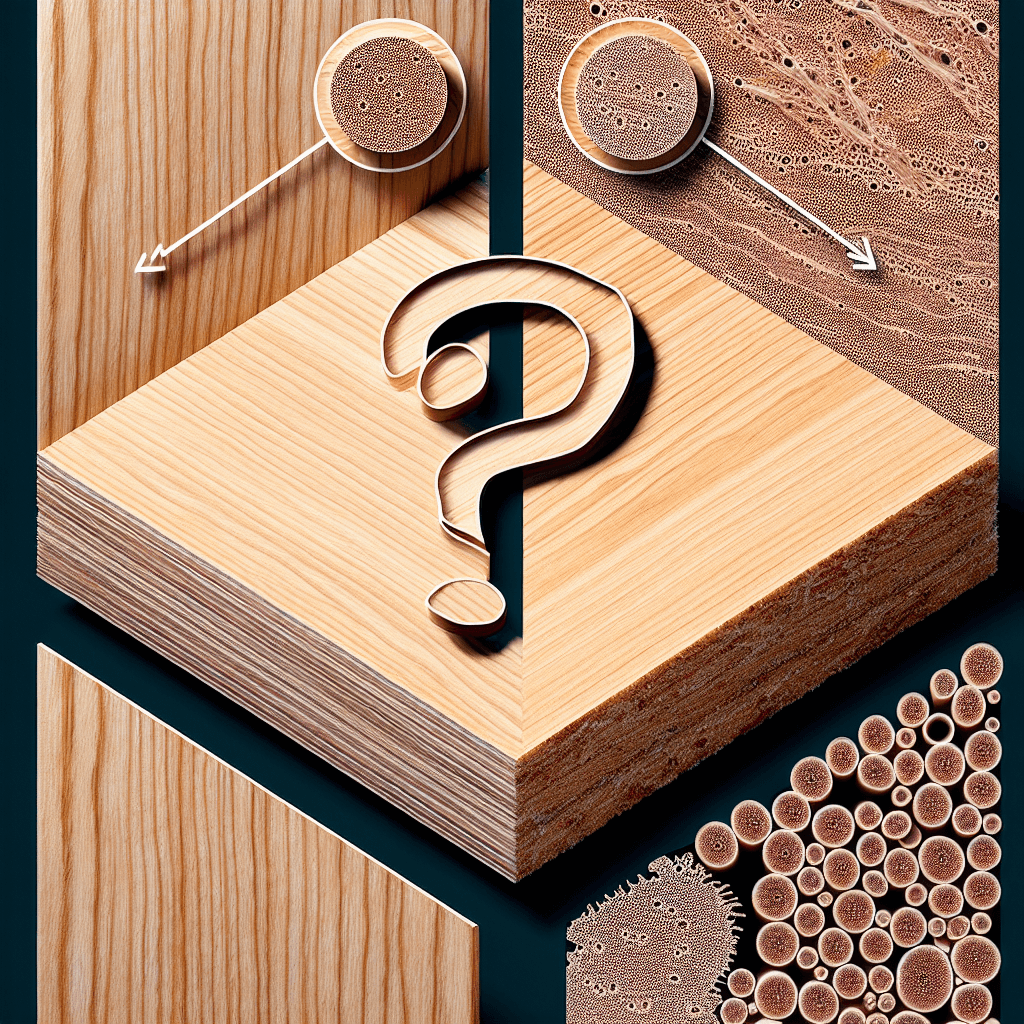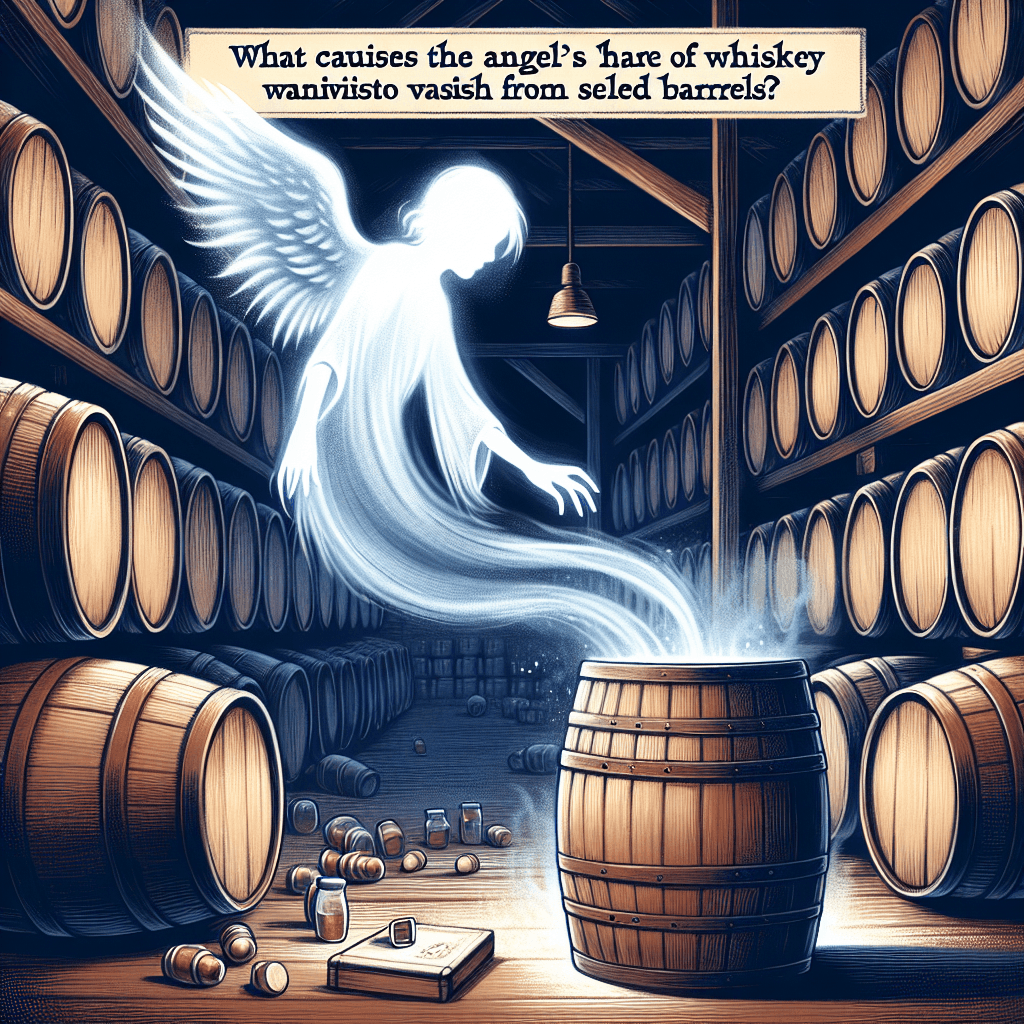Why do people in old photographs rarely ever seem to smile
It wasn't that our ancestors were an unhappy bunch; the truth is that smiling for a photograph was once a technical impossibility and a bizarre social taboo.


Too Long; Didn't Read
TLDR: People in old photos rarely smiled due to very long camera exposure times that made it hard to hold a pose. Photography was also a serious, formal event, and poor dental hygiene made many prefer a closed-mouth expression.
Beyond the Poker Face: Uncovering Why People in Old Photographs Rarely Ever Seem to Smile?
Have you ever flipped through a dusty photo album or scrolled through historical archives online and noticed something striking? Your great-great-grandparents, stoic Civil War soldiers, and prim Victorian ladies all seem to share one common trait: they almost never smile. This has led many to believe our ancestors were a perpetually grim and unhappy bunch. However, the truth is far more complex and fascinating. The stern gazes of the past aren't a sign of misery, but rather a reflection of the technological, cultural, and practical constraints of their time. This post will delve into the real reasons why smiles are so rare in early photography.
The Technical Challenge: The Agony of the Long Exposure
The single most significant reason for the lack of smiles in 19th-century photographs was technology. The earliest photographic processes, like the daguerreotype introduced in 1839, were incredibly slow.
- Exposure Times: Capturing a single image wasn't a matter of a quick click. In the early days, exposure times could be as long as 15 minutes. Even as technology improved, exposures in the mid-1800s often required the subject to stay perfectly still for several seconds to a full minute.
- The Impossible Smile: Try holding a genuine, natural-looking smile without moving a muscle for even 30 seconds. Your cheeks will cramp, your eyes will water, and the smile will quickly turn into a pained grimace. Any movement would result in a blurry, ghostly mess.
- The Practical Solution: To ensure a sharp, clear photograph, photographers instructed their subjects to adopt a neutral, relaxed expression. A calm, resting face was far easier to maintain for the required duration than a fleeting smile. Often, subjects' heads were held in place by hidden metal clamps and braces to prevent any movement.
A Serious Art for a Serious Occasion
Today, we snap hundreds of photos on our phones without a second thought. For our ancestors, having a photograph taken was a formal, expensive, and often once-in-a-lifetime event. This context heavily influenced how people presented themselves.
Early photography took its cues directly from the established art of painted portraiture. For centuries, the wealthy commissioned paintings to capture their likeness for posterity. In these portraits, a broad, toothy grin was considered undignified and inappropriate. Smiles were often associated with madness, drunkenness, or the lower classes—not something you'd want immortalized in an expensive work of art. Photographers and their clients simply carried this formal tradition into the new medium. A photograph was a serious document meant to capture a person's character and social standing, not a fleeting moment of joy.
Cultural Norms and Dental Woes
Beyond the technical and artistic reasons, cultural factors also played a role. Victorian-era society often valued a reserved and dignified public demeanor. Overt displays of emotion were seen as unseemly, and a solemn expression was considered a sign of good character and gravitas.
There was also a more practical, and perhaps less comfortable, reason: dental hygiene. Before the advent of modern dentistry, oral health was generally poor. Many people suffered from rotten, stained, or missing teeth. In an age where a photograph was a permanent and costly record, it’s understandable that people would prefer to keep their mouths firmly closed rather than reveal a less-than-perfect smile to the world.
Conclusion: A Different View of History
The solemn faces staring back at us from old photographs aren't evidence of a joyless past. Instead, they are a window into a different world, shaped by technological limitations and different cultural values. The combination of long exposure times, the tradition of formal portraiture, and poor dental health created the perfect storm for the stern expressions we now associate with history. So, the next time you see an old photo, don't assume the person was unhappy. They were simply participating in a formal, difficult process to capture a lasting image of themselves for future generations—a task that is, in itself, something to smile about.


